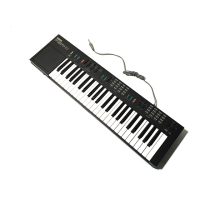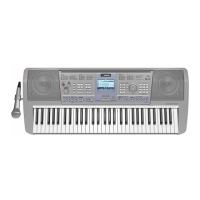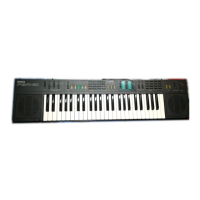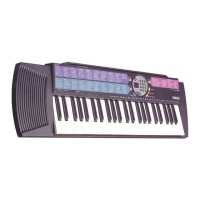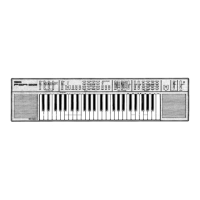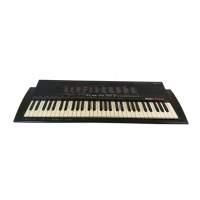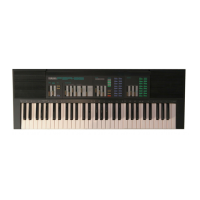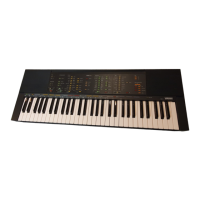What to do if no sound comes out when playing Yamaha Electronic Keyboard?
- WWilliam JohnsonAug 14, 2025
First, turn the power off, then on again; the default setting “Local ON” will be automatically selected. If that doesn't work, ensure that the Local Control function is turned ON.


